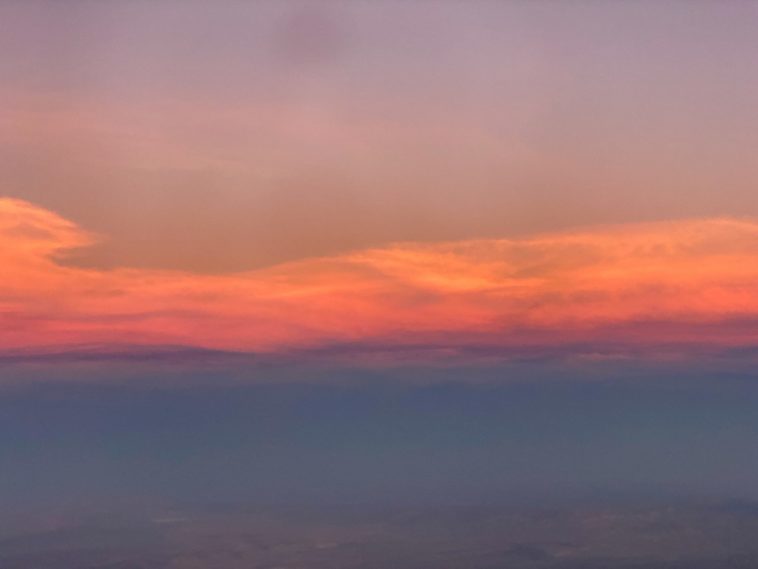h2>Dating : Spitting into the Jungle
Every year, a billowing cloud of dust erupts from the Bodélé Depression in Chad, an ancient dry lake bed at the threshold of the convergence of two ecosystems — the bone-dry Sahara and the Sahel, which has a rainy season and is lush with vegetation. It’s a natural meteorological phenomenon, and the mineral-rich dust, laden with particles of silica, iron, and phosphorous drifts as high as 20,000 feet into the sky.
As they meander over the Atlantic, the Saharan dust clouds rain these minerals down into the ocean, triggering blooms of phytoplankton (important because the world’s phytoplankton soaks up a volume of carbon dioxide comparable to all plants on land.)
These dust clouds also suppress hurricanes, which need warm water at the ocean surface and moist, unstable air to form. The Saharan Air Layer is saturated with about half of the moisture than what is normally found in the air over the tropics.
In a weird, interconnected loop, the Saharan dust clouds are also critical to the life of the Amazon rainforest. About 27.7 million tons of these particles fall onto the basin every year. Roughly 22,000 tons of that particulate matter is made of phosphorus, a vital nutrient for soil.
Without this yearly replenishment of phosphorus, the rainforest would not survive in the form we see today. Teeming with dense, fast-growing vegetation, the rainforest sequesters more nutrients in plants than it does in the soil. Frequent rainfall and flooding washes away the minerals on the ground. Without Mother Nature’s yearly injection of phosphorus and other minerals. the most biodiverse ecosystem on the planet might not survive.
This year’s dust cloud is so large, that it has been nick-named “Godzilla.”
I captured the photo above while on a flight from Salt Lake City to Orange County, California a couple of weeks ago. The sky seemed to be abnormally pink and hazy. My husband and I were marveling at the sunset when we suddenly realized that it was probably the result of the Saharan Dust Cloud. I remember when Mount Saint Helen’s erupted when I was a kid, living in Tucson, Arizona. The sunsets that year were phenomenal, and this sunset reminded me of those.
The complex beauty of the Universe astounds me sometimes. Her intelligence is so far beyond the scope of what the human eye can see. Like a clock — ticking along with a myriad of moving gears, each one essential for the motion of the next, each of the mechanics vital to the resultant display of time — Mother Nature’s individual quirks and components mesh together in ways we can’t even comprehend, all of them, together, creating this vast and beautiful world in which we live.




